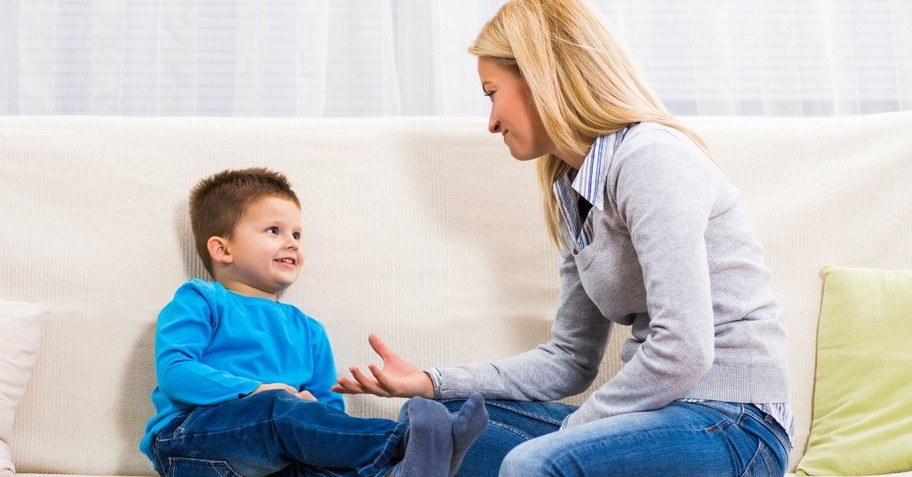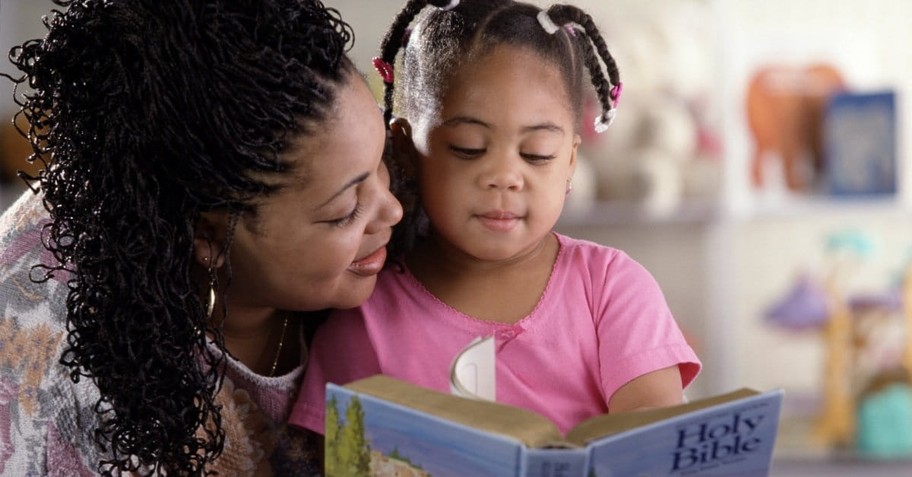Do you remember who taught you how to identify and navigate your feelings growing up? If you can’t remember who this person was, then you, like many adults, likely grew up during a time when expressing your feelings—especially hurt feelings—was seen as a sign of weakness. For those of us who came of age during this time, we know the frustration and relationship struggles that unresolved emotions can cause.
On the flip side of this parenting paradigm stand the young people who have been so shielded from disappointment that they can barely cope with criticism or even losing at a game. These types of parenting extremes do nothing to cultivate a significant aspect of our children’s wellbeing—namely, their emotional intelligence.
Simply put, emotional intelligence is the ability to identify and effectively manage emotions. Research shows that a child’s ability to manage his emotions is a significant indicator of that child’s future success and happiness. Experts have found that teaching our children to be emotionally intelligent can reap a bounty of rewards for our children, including:
- Greater academic performance
- Enhanced leadership abilities
- Stronger conflict-resolution and decision-making skills
- Healthier interpersonal relationships
- Decreased rates of anxiety and depression
- Reduced behavioral issues involving bullying and aggression
- Improved physical and mental health
Given the far-reaching benefits of improving our children’s emotional intelligence, here are five ways you can start nurturing your child’s emotional intelligence today.
Photo Credit: Thinkstock©
1. Teach your child how to identify feelings
Children feel many of the same emotions that adults do but may not yet have the vocabulary necessary to identify those feelings. This inability to communicate what they’re feeling often leads children to lash out by throwing tantrums, hurling objects, or other inappropriate reactions.
Teach your child to identify her feelings by asking her to discuss something good or bad that happened recently. Then, empower your child by telling her the name of the emotion she’s expressing. Whether it’s frustration, exhaustion, anxiety, or anger, being able to name a feeling gives your child the vocabulary necessary to better express her emotions. Once the emotion is identified, you and your child can take the next step to figure out how to address the underlying cause of the feeling.
Another way to teach your child to identify emotions is to read a book together and discuss how a favorite character might be feeling in different parts of the story. Yet another way to practice emotion-spotting is to talk with your child about the behavior of a classmate or sibling and see if your child can tell you how this classmate or sibling might be feeling based on that behavior.
Photo credit: Thinkstock

2. Explain to your child that although all feelings are acceptable, all behavior is not
While you’re teaching your child how to label emotions, reinforce that while all feelings are acceptable, all behavior isn’t. Teach your child that he may not use his feelings to justify wrongful behavior, such as hitting, grabbing, biting, or lying. Instead, guide your child on how to express hurt feelings without resorting to aggression. By the same token, explain to your child that other children also may not use their hurt feelings to act aggressively towards others.
If your kid is already mid-tantrum, one way to defuse the behavior is to show your child more constructive ways to deal with negative feelings. Some activities that foster self-control are going for a walk, breathing deeply for several beats, asking for help, talking it out, listening to funny or relaxing music, or taking a break from the aggravating situation.
It’s important to note that, for some children, negative feelings may be so overwhelming that the children resort to self-harm. Self-harming is more often seen in teenagers and young adults and can be an addictive way for the child to release emotional distress. If you suspect that your child is self-harming, you should contact a professional to help safeguard your child’s emotional (and physical) well-being.
Photo credit: Pexels

3. Promote empathy by having your child consider other people’s feelings
Whether you’re a parent of multiple children who resents playing referee to bickering children, or the parent of an only-child who is experiencing a conflict with a classmate or friend, children need to learn empathy to grow in the art of conflict resolution. To help children learn empathy and how to respect another’s feelings, sit the children down and have them listen to each other’s side of the story. This may not make a difference at first but after a few times of taking turns expressing their feelings, your children may start to internalize that there are often two (or three) sides to every story.
Another way to promote empathy is to encourage conversation between family members at the dinner table, during play time, or during long drives. Differing opinions are bound to arise and, with them, the chance to show tolerance and empathy. While this exercise may seem like a chore at first, remember that children who aren’t taught to handle disagreements on the playground or at home will grow up to be adults who are poorly-equipped to handle more serious disagreements at work or in romantic relationships.
Photo credit: Thinkstock/Matthew Ennis Photography

4. Lead by example by talking to, listening to, and engaging with your child
Another way parents can bolster their child’s emotional intelligence is to lead by example. In fact, the longest-running study of human development to date found that, even for children who had endured a difficult start to life, having parents who routinely showed them interest and compassion was the greatest factor in improving those kids’ chances of living a successful life.
Showing our children our own emotional intelligence, and thereby improving their chances at success, can be done by expressing interest in our kids’ day-to-day lives. Specifically, we can:
- Put away our screens when our children want our attention
- Turn our children’s negative emotions into opportunities to empathize with our children and, through that empathy, help heal our children
- Model for our children healthy ways to problem-solve by practicing boundaries, forgiveness, and measured responses in our own lives
- Accept when our kids aren’t ready to talk and end all inquiries by noting that we’re available if and when our child does want to talk. This simple reminder of concern can plant a seed of comfort in our children that may take root and blossom into a greater willingness to confide in us at a later time.
Photo credit: Thinkstock

5. Show your child where in the Bible God Himself says He cares about our feelings
A final way to teach our children the importance of emotions is to point out just how much God Himself cares about their feelings. Show your children where in Scripture God promises to heal their broken hearts (Psalm 147:3); comfort their worries (Philippians 4:6-7); respect their need to cry, laugh, mourn, and celebrate (Ecclesiastes 3:4); embolden them when they’re afraid (Joshua 1:9); and strengthen them with the power of self-discipline (2 Timothy 1:7).
As with most aspects of parenting, teaching our children the importance of emotions is a balancing act. On the one hand, we want to honor our children’s feelings and encourage them to honor the feelings of others. On the other hand, we want to teach our children how to temper emotions with logic, and how to recognize when others are using emotions as a tool of manipulation. Nourishing our children’s emotional intelligence will not only help them appropriately address their emotions and the emotions of others, but it’ll pave the way for our children to become more successful, emotionally intelligent adults.
Dolores Smyth is a faith and parenting writer whose work has appeared in numerous print and online publications. When she isn’t writing, she enjoys traveling, running, and spending time with her husband and three kids. You can find more of her work on Twitter @LolaWordSmyth.
Photo credit: Thinkstock
Originally published May 30, 2019.







